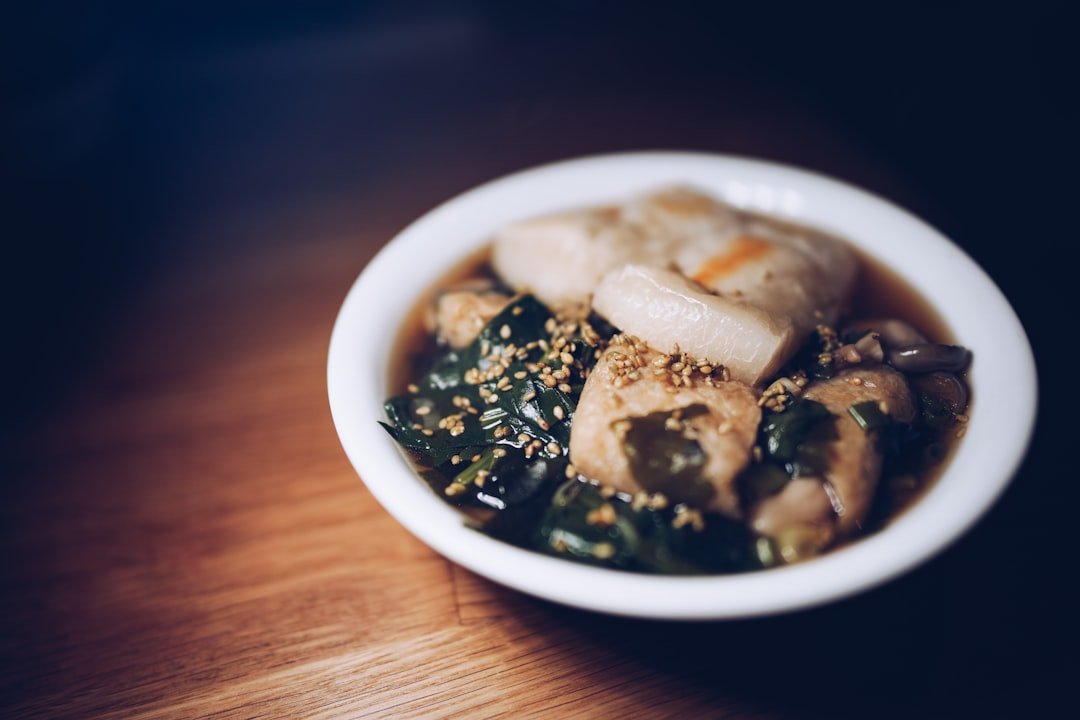Cooking at home shouldn't feel like a second job, but so often it does. I get it.

For years, my relationship with food was a mess. After a long day, the thought of chopping vegetables or planning a meal felt like climbing a mountain. It was easier to grab takeout or rely on processed foods, which often led to me overeating and feeling terrible afterward. When I decided to turn my life around—shedding over 110 pounds and leaving behind habits like binge eating—I knew my kitchen had to become a place of nourishment, not dread. That meant simplifying everything.
Learning to cook simple, healthy meals at home was a huge part of my journey. It freed me from the constant cycle of unhealthy choices and gave me control. If you feel overwhelmed by meal prep or just want to make healthy eating easier, I’m here to tell you it’s possible. You do not need fancy ingredients or complex recipes. Here are 10 tips that helped me, and I know they can help you too.
1. Keep It Really Simple
This is my golden rule. Don't aim for gourmet every night. Think basic proteins, a vegetable, and a healthy carb. Chicken breast, broccoli, and rice. Fish, asparagus, and a sweet potato. It does not need to be fancy to be nourishing. When I started my journey, I cut out all the complicated stuff. This made cooking less intimidating and more consistent.
2. Plan Ahead (But Don’t Overdo It)
A little planning goes a long way. Before your grocery trip, take five minutes to jot down 3-4 meal ideas for the week. You do not need a detailed schedule. Just have a general idea of what you will cook. This avoids that "what's for dinner?" panic and keeps you from ordering delivery. For me, this small win dramatically reduced my impulse eating.
3. Master a Few Go-To Meals
Find 3-5 simple recipes you love and can cook without thinking. These are your anchors. Maybe it is a specific stir-fry, a simple pasta dish with canned tomatoes, or baked chicken. When life gets busy, you have reliable options. These "auto-pilot" meals mean less decision fatigue and more consistent healthy eating.
4. Embrace Smart Batch Cooking
Batch cooking does not mean spending an entire Sunday in the kitchen. It means cooking a bit extra of something you already make. If you are baking chicken, bake a few extra breasts for salads or sandwiches later in the week. If you make rice, cook a bigger batch. This is a small time investment that pays off big on busy nights. I learned to cook double portions, knowing I would thank myself the next day.
5. Use Your Freezer Wisely
Your freezer is your friend. Cook a large batch of chili, soup, or a simple meat sauce and freeze portions. On days when cooking feels impossible, you have a homemade, healthy option ready to go. I used to just buy frozen pizzas. Now, my freezer holds healthy, pre-portioned meals I made myself. This saved me countless times from unhealthy choices.
6. Don’t Fear Canned and Frozen Veggies
Fresh is great, but convenience matters. Frozen vegetables are just as nutritious and often more affordable. Canned beans, tomatoes, and corn are pantry staples for a reason. They save prep time and always deliver on flavor and nutrients. I stopped thinking I had to be a purist and embraced these tools. My meals became much easier to prepare.
7. Season Simply, But Boldly
You do not need a huge spice rack. Salt, pepper, garlic powder, onion powder, and maybe some dried herbs (like oregano or Italian seasoning) can transform almost any dish. A squeeze of lemon juice or a dash of hot sauce can also brighten flavors instantly. Simple seasonings let the natural taste of your food shine.
8. Discover One-Pan Wonders
Sheet pan meals are a game changer. Toss your protein (chicken, sausage, tofu) and your favorite vegetables (broccoli, bell peppers, zucchini) with a little olive oil and seasoning on a single baking sheet. Roast it in the oven. Minimal cleanup, maximum flavor. This is one of my favorite strategies for an easy, healthy dinner. It’s perfect for those evenings when I need something quick but still want to feel good about what I am eating.
9. Prep Ingredients, Not Full Meals
If batch cooking feels like too much, try ingredient prep. On a quiet afternoon, wash and chop vegetables. Portion out proteins. Cook a batch of quinoa or brown rice. Store these in separate containers. Then, when dinner time rolls around, you are assembling, not starting from scratch. This small habit builds a productive routine, much like my short bursts of deep work. It breaks down the task into manageable steps.
10. Let Go of Perfection
Your meals do not need to look like they belong in a magazine. They do not need to have ten different ingredients. The goal is to nourish your body and make healthy eating sustainable. Some days, dinner might be scrambled eggs and toast with some leftover veggies. And that is perfectly fine. Celebrate these small wins. Every home-cooked meal is a victory over unhealthy habits.
Making simple home meals is not about being a chef. It is about taking care of yourself, one nourishing bite at a time. It is about building a foundation for a healthy life. For me, this simple approach to food became another way to live out my faith—honoring my body as a temple and making choices that reflect gratitude for life.
What is one small step you can take this week to make your home meals simpler? Start there. You might be surprised how much easier healthy eating becomes.